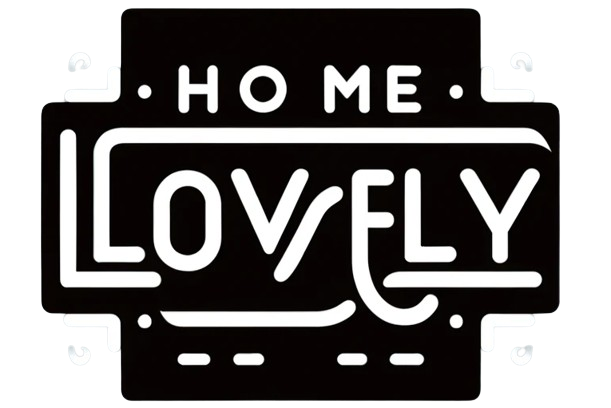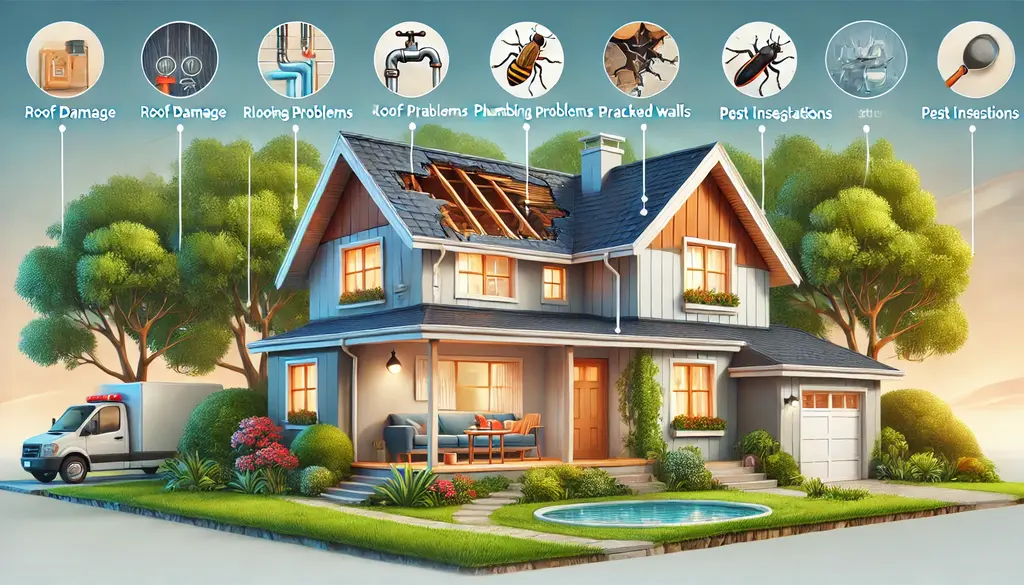Owning a home is a dream for many, but it comes with its fair share of responsibilities. One of the most crucial aspects of homeownership is addressing problems as they arise. Ignoring seemingly minor issues can quickly lead to costly repairs, health hazards, and structural damage.
In this guide, we’ll explore some common home issues that should never be ignored and provide actionable solutions for each. Let’s dive in to ensure your home stays safe, comfortable, and in excellent condition.
Home Issues You Should Never Ignore
Here are some home issues you should never ignore:
1. Mold Growth
Mold growth is more than just an unsightly problem. It can cause serious health issues, such as allergies, respiratory problems, and even infections. Mold thrives in damp environments, so areas like bathrooms, basements, and attics are especially vulnerable. To address mold, identify and eliminate the source of moisture.
Fix leaks, improve ventilation, and clean small mold patches with a mixture of water and vinegar or specialized mold cleaners. For extensive mold infestations, hire a professional remediation service.
2. Standing Water in the Yard
Standing water in your yard isn’t just an annoyance; it can damage your home’s foundation and become a breeding ground for mosquitoes. This issue often occurs due to poor drainage.
Extend your downspouts, grade your yard to slope away from your house, or install a French drain system to redirect water. Quick action can prevent long-term damage to your home’s foundation.
3. Damaged Roof Shingles
Roof shingles protect your home from the elements, and damaged shingles can lead to leaks and structural deterioration. If you notice cracked, curled, or missing shingles, replace them immediately.
Regular roof inspections can help you catch issues early. For larger problems, consult a roofing professional to avoid costly repairs down the line.
4. Smelly or Gurgling Drains
A smelly or gurgling drain is often a sign of a blockage or a problem with your home’s plumbing system. Ignoring this issue can lead to more significant clogs or even pipe bursts.
Start by using a simple solution of baking soda and vinegar to clear minor blockages. If the problem persists, a professional plumber can diagnose and resolve the issue efficiently.
5. Foundation Cracks
Cracks in your foundation may seem minor, but they can compromise your home’s structural stability. You can seal small cracks with epoxy. However, fix the larger or growing cracks by a structural engineer. Prompt attention will prevent the cracks from widening and causing severe structural damage.
6. Water Damage
Water damage often starts as a minor stain or discoloration but can escalate to mold growth, wood rot, and weakened structural components. Whether it’s a leak in your roof, a burst pipe, or flooding, act quickly. Repair the source of the water intrusion, dry the area thoroughly, and replace damaged materials to prevent further issues.
7. Overgrown Landscaping Near Structures
While lush landscaping can enhance curb appeal, overgrown trees and shrubs near your home can cause damage to siding, windows, and even the roof. Trim back branches and plants to maintain a safe distance. This not only protects your home but also deters pests that use vegetation as a pathway inside.
8. Gas Leaks
Gas leaks are a serious hazard that can result in fires, explosions, or carbon monoxide poisoning. If you smell gas or suspect a leak, evacuate your home immediately and call your gas company or emergency services. Do not attempt to fix the issue yourself. Regular inspections of your gas appliances and pipelines can help prevent leaks.
9. Flickering or Dimming Lights
Flickering or dimming lights often indicate electrical issues such as faulty wiring or overloaded circuits. Electrical problems are a significant fire risk and should never be ignored. A licensed electrician can inspect your home’s electrical system, identify the problem, and make necessary repairs to ensure your safety.
10. Broken Windows
Broken windows are more than a cosmetic issue. They compromise your home’s security, energy efficiency, and weatherproofing. Replace broken panes as soon as possible to avoid further damage or energy loss. Temporary solutions, such as securing the window with plastic sheeting, can be used until professional repairs are made.
11. Signs of Pest Infestations
Pest infestations can lead to property damage and health concerns. Termites can eat away at your home’s structure, while rodents can chew through wires and spread diseases. Address infestations promptly by sealing entry points, setting traps, or hiring a pest control professional. Regular inspections can help you spot pests before they cause significant damage.
12. Sagging or Warped Floors
Sagging or warped floors often indicate underlying issues such as water damage or foundation problems. Inspect your crawlspace or basement for signs of moisture or structural issues. Depending on the cause, you may need to repair leaks, reinforce the foundation, or replace damaged floorboards.
13. Peeling Paint
Peeling paint is not just an aesthetic concern; it can expose your home to moisture damage and, in older homes, pose a lead exposure risk. Address peeling paint by scraping off the damaged area, fixing any underlying moisture problems, and repainting with high-quality exterior or interior paint. For older homes, consult a professional for lead-safe practices.
14. HVAC Issues
Your heating, ventilation, and air conditioning (HVAC) system is essential for maintaining indoor comfort. Ignoring unusual noises, weak airflow, or inconsistent temperatures can lead to system failure. Schedule regular maintenance and replace air filters every few months to keep your HVAC system running efficiently.
15. Water Heater Problems
A malfunctioning water heater can disrupt your daily routine and lead to water damage if leaks occur. If you notice rust-colored water, unusual noises, or inconsistent water temperature, it’s time to inspect your water heater. Regular maintenance, such as flushing the tank to remove sediment, can extend its lifespan and improve efficiency.
16. Cracked or Missing Caulking
Caulking seals gaps around windows, doors, and plumbing fixtures, preventing water and air leaks. Over time, caulking can crack or deteriorate, leading to drafts, water intrusion, and higher energy bills. Inspect caulking regularly and reapply as needed to maintain a tight seal.
17. Loose or Wobbly Railings
Loose railings on stairs, decks, or balconies are a significant safety hazard. Tighten screws and bolts or replace damaged components to ensure railings are secure. For larger repairs, consider hiring a contractor to ensure compliance with safety standards.
18. Leaking Faucets
A dripping faucet may seem like a minor annoyance, but it can waste significant amounts of water and increase your utility bill. Replacing worn-out washers or cartridges can often resolve the issue. If the problem persists, consult a plumber for assistance.
19. Sticking Doors
Doors that stick or won’t close properly are often a sign of humidity or foundation movement. Sanding down the door or adjusting hinges may solve the problem. However, if multiple doors are affected, it could indicate a more serious structural issue that requires professional evaluation.
20. Cracks in Walls
Cracks in walls can result from settling, water damage, or structural issues. Small cracks can be patched with spackle, but larger or expanding cracks should be inspected by a professional to ensure they don’t signal more significant problems.
21. Overflowing Gutters
Clogged or overflowing gutters can lead to water damage, including leaks and foundation issues. Clean your gutters regularly to remove debris, and consider installing gutter guards to minimize future clogs. Ensure downspouts direct water away from your home’s foundation.
22. Outdated Electrical Panels
Older electrical panels may not handle the demands of modern appliances and electronics, increasing the risk of overloaded circuits and fires. Upgrading to a modern panel with sufficient capacity is an investment in your home’s safety and functionality.
23. Cracked Driveways or Sidewalks
Cracked driveways and sidewalks can pose tripping hazards and worsen over time due to weathering. Fill cracks with a concrete patching compound to prevent further deterioration. For extensive damage, professional resurfacing may be required.
24. Ice Dams
In cold climates, ice dams can form on your roof’s edges, preventing melting snow from draining. This can lead to leaks and water damage. Prevent ice dams by improving attic insulation and ventilation. In emergencies, remove snow from your roof or use a roof rake to reduce the risk of damage.
25. Low Water Pressure
Low water pressure can result from sediment buildup in pipes, leaks, or issues with your municipal water supply. Cleaning faucet aerators or checking for visible leaks can help. If the problem persists, consult a plumber to identify and fix the underlying cause.

